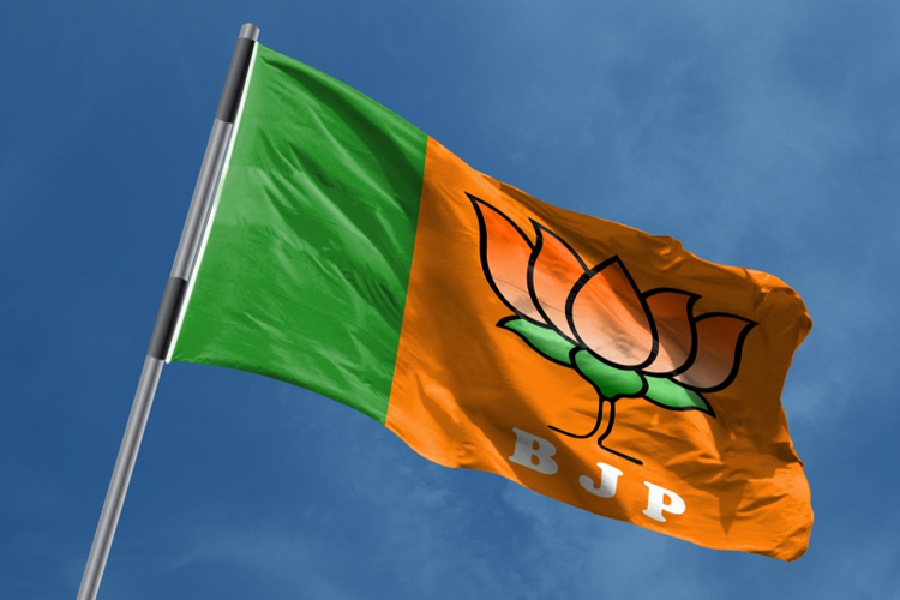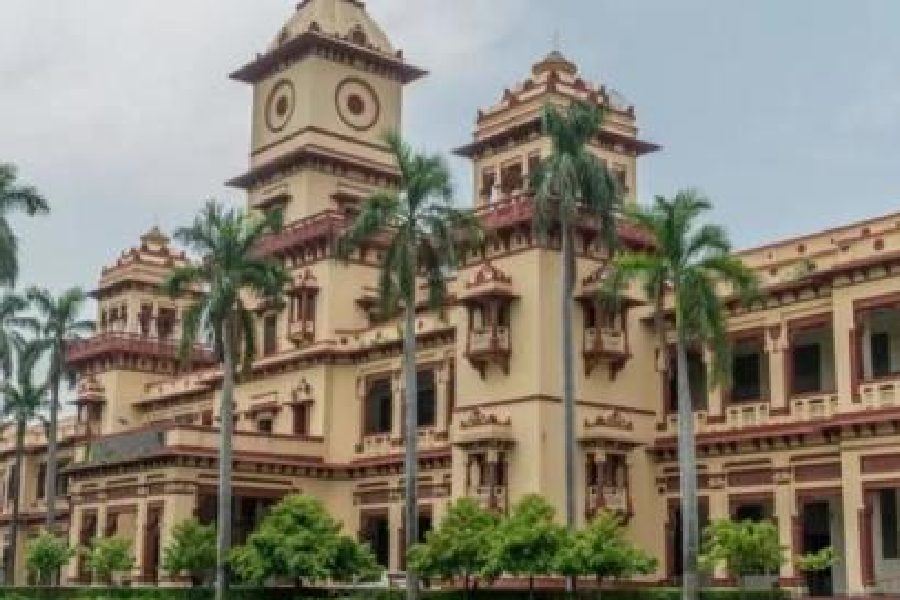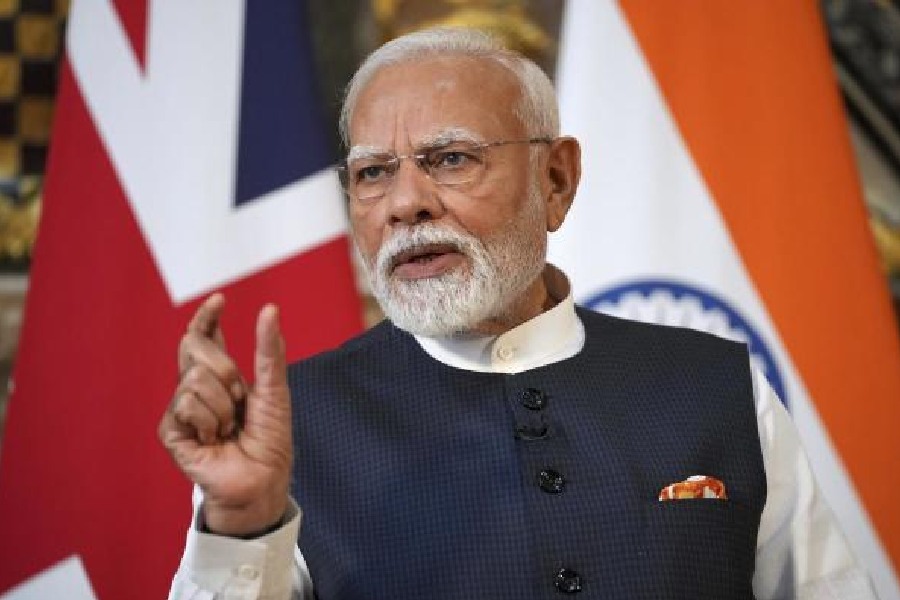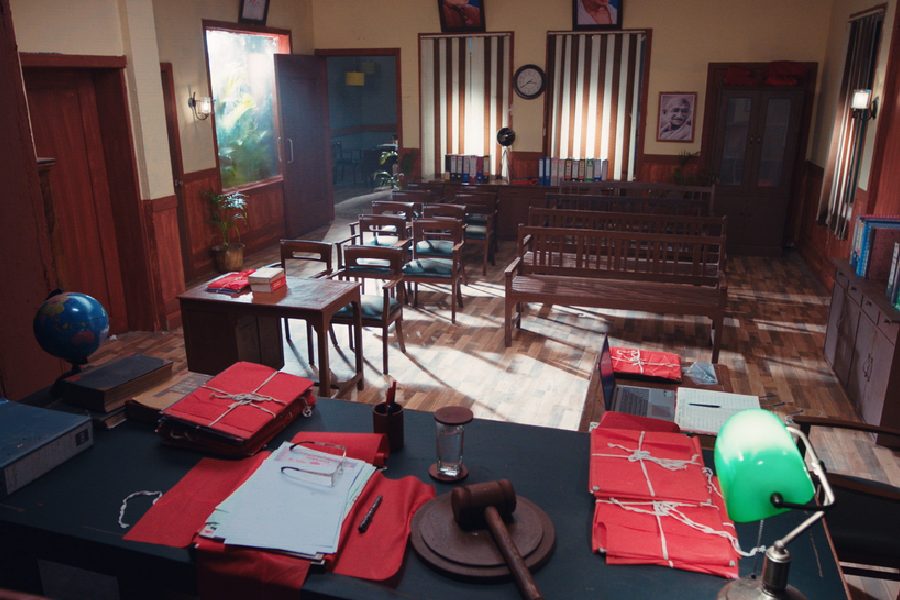 |
Research scholar Rupak (name changed on request) had planned to tap opportunities in the US as soon as he got his Ph.D in material science in January. But his post-doctoral dream has turned sour, just like the Great American Dream.
“Given the state of affairs there, I know I will have to work in an Indian research institute. Getting an opportunity there is going to be difficult,” said Rupak, who is doing his research at the Indian Association for Cultivation of Science and has not scored below 70 per cent in any major examination.
“My friends in the US are telling me that the number of scholarships for overseas students will be drastically cut because of the crisis there,” he added.
Although the American economy has not been in the pink of health for quite some time, there was no dearth of scholarships for meritorious students till the last admission season. But the future looks uncertain.
“If the financial crisis continues, fewer scholarships will be on offer next year. Most of the scholarships offered by universities are funded through returns on endowment funds that are parked with banks,” said Sunrit Mullick, the regional officer and educational adviser of the United States Education Foundation of India (USEFI).
American universities have been the preferred destination for post-graduate, Ph.D and post-doctoral students from Calcutta. According to data available with the USEFI, around 1,400 students from the city go to the US for higher studies every year.
But the numbers may decline next year, say academics, and not only because universities cannot afford to maintain the number of scholarships.
“When there is an economic downturn, American students who put studies on hold to work usually return to education. And that means lesser opportunities for overseas students,” said Raili Roy, who teaches women’s studies at Ohio State University in Columbus.
The tumble of the rupee against the dollar — from Rs 39.5 last October to a low of Rs 49.96 on Friday — is the unkindest cut of all. Mandatory tests for foreign students aspiring to study in the US now cost applicants from India a whole lot more than they did till the rupee began to fall.
The registration fee for GRE (Graduate Record Examination) is $170 and $165 for TOEFL (Test of English as a Foreign Language). The cost of the pre-application process ranges between $40 and $80, depending on the universities students choose.
“Had the rupee not fallen to such a low, I could have thought of going to the US even with a partial scholarship. The rest of the money would have come through a loan and from my parents. But given the financial uncertainty all around, that doesn’t seem to be a feasible option,” said a student of Jadavpur University who is preparing for his GRE.
The admission process in American universities starts around August-September. For the next academic session, Indian students need to take the GRE latest by October-end and send their applications by January. The process involves collection of recommendation letters from teachers, pass certificates and transcripts of mark-sheets from universities.
This year, there is no rush to meet the deadline. “The downturn does seem to have prompted many students to press the pause button on their plans of studying in the US. Very few students have come to us in recent weeks with requests for recommendations,” said a statistics teacher at Calcutta University.










